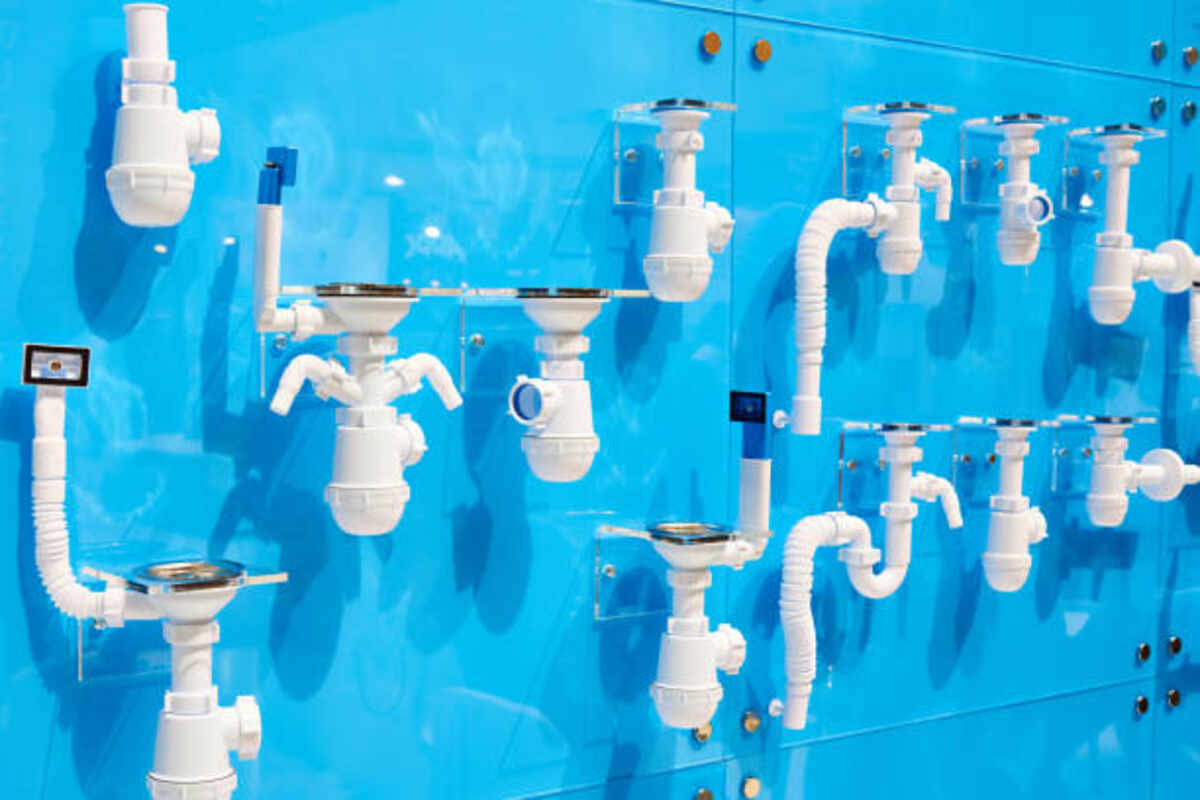Before choosing between plumbed or portable eyewash stations for your workplace, take into consideration how space will be utilized. Emergency eyewash stations meeting ANSI compliance should feature a hand-free stay-open valve that activates within one second with just one motion of your wrist.
Portable eyewash units require periodic upkeep in order to keep their water clean, using a sterile preservative to inhibit mildew, fungus, algae, and amoeba growth.
Portable
Portable eyewash stations differ from plumbed eyewash stations by being mobile and flexible. A portable unit can easily be moved wherever it may be required in response to changing work environments. With its portable design and easy access, mobile units allow workers to meet the needs of dynamic work environments without disrupting them with constant refills of fresh water.
Portable eyewashes can be filled with either water or saline solution and kept at room temperature, ready for use. A portable eyewash must provide at least 1.5 liters per minute (0.4 gallons per minute) for 15 minutes or longer according to ANSI Z358.1 guidelines and have an automatic shutoff valve to prevent accidental shutoff by users.
There are various kinds of portable eyewash stations. While some models may be freestanding, others can be mounted to walls or floors; both types can be utilized in medical facilities, storage locations, workshops, and production areas. There are even units that use existing plumbing at sinks by funneling hot and cold water through to their faucet, which dispenses eyewash fluid – these types of units tend to be installed in medical offices or laboratories.
Training employees on how to use portable eyewashes is critical for safety in the workplace. A safety manager, designated safety steward, or third-party vendor should regularly hold eyewash training courses or, upon bringing new associates onto their team – to ensure everyone knows about its location and how to access and activate it when necessary.
Self-Contained
As employees work with potentially hazardous or toxic chemicals, eyewash stations must be installed. Portable eyewash stations are necessary to meet this requirement and comply with OSHA regulations. When purchased properly for your workplace, portable eyewash stations channel water from nearby sinks into an activation sensor for 15 minutes of flushing and rinsing action; perfect for protecting employees against chemical splashes from solvents, paints, battery chargers, hazardous chemicals, or flammable storage containers among many other hazards.
These units can either be connected directly to an existing sink or can operate independently using their water source. Their tanks are made from stainless steel or durable plastic for maximum durability; plastic bowls may crack if hit by equipment, while stainless bowls withstand impact better and are easier to maintain and clean up afterward.
Both types of units require weekly visual inspections to ensure they’re ready for use, with some manufacturers including water preservative solutions with every purchase to keep tanks full of clean, usable water that eliminates bacteria and other contaminants. A designated employee should activate these units every week and keep a log of that activity; this helps ensure there’s always enough flushing fluid and flushes any sediment buildup from pipes; as needed, they can even flush hoses as part of this task.
Floor Mounted
Eyewash stations with plumbed connections may be appropriate in workplaces with access to permanent water sources; however, remote work sites may require portable, self-contained eyewash stations that can be easily transported away. In such circumstances, portable self-contained units provide the ideal solution.
These units are specifically designed to cleanse eyes and face areas only. Each comes equipped with a 4.9-foot hose, a single handle for both hot and cold water access, an ANSI-compliant sign, and a thermostatic mixing valve to maintain water temperatures between 60-100 degrees Fahrenheit.
As a safety measure, workers should assemble supplies beneath and around an eyewash in order to collect any outflowing water that doesn’t make its way directly into drains – such as tubs, 5-gallon buckets, or trash bags – which might otherwise go down a drain. When an emergency eyewash is activated, it should run at full strength for 30-60 seconds before being deactivated and cleaned up afterward.
OSHA does not outline specific replacement intervals for eyewash stations and safety showers. However, an OSHA infosheet advises employers to follow the manufacturer’s recommendations on maintaining these pieces of equipment – this may involve flushing, adding treatments to reservoirs, and changing out flushing fluid when necessary. Professionally installed and maintained ANSI-compliant emergency wash stations provide another effective way of making sure you are prepared when an emergency arises.
Wall Mounted
When an eye injury strikes a worker, they need to quickly rinse away any harmful materials from their eyes as soon as possible – having an easily accessible eyewash station is one way of making this possible.
These stations can be found anywhere where there is a risk of chemical or hazardous material exposure; common examples are medical facilities, storage locations, workshops, and production sites.
They connect directly to a water line, featuring an activation lever that workers can quickly push with one hand, activating water flow from nozzles for at least 15 minutes at temperatures between 60 and 100 degrees Fahrenheit.
These types of eyewash stations must also be adequately maintained to function effectively, including regularly refilling, cleaning, and replenishing their flushing solutions according to manufacturer instructions; otherwise, bacteria, sediment, or mold could build up and lead to infections.
To ensure that a workplace has sufficient emergency eyewash equipment, trained safety professionals must perform a detailed hazard evaluation. Based on this evaluation, it can be determined if plumbed or self-contained eyewash stations would be more appropriate; otherwise, a wall mount unit must be located appropriately so workers can reach it within 10 seconds of any potential hazard they may face.

